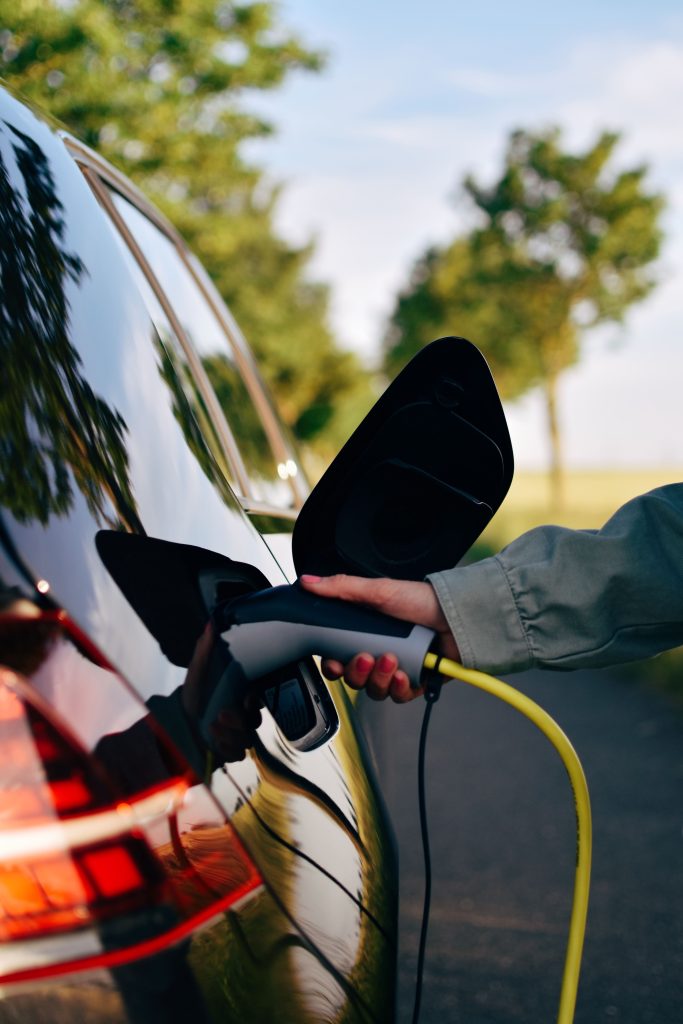The EU 2025 CO2 emissions regulations represent a decisive step toward a more sustainable Europe. Aimed at combating climate change and achieving carbon neutrality by 2050, these laws impose stricter limits on vehicle and industrial sector emissions. Let’s explore the key provisions, impacts, and challenges of these regulations.
EU 2025 CO2 emissions regulations
The new regulations set stringent targets for reducing CO2 emissions across Europe. They focus on key sectors, including transport, heavy industry, construction, and agriculture, and impose stricter limits compared to previous regulations.
These rules serve as a critical milestone toward achieving climate neutrality by 2050, aligning with the European Green Deal.
Objectives of the EU 2025 regulations
Reduction of greenhouse gas emissions
The European Union aims to reduce greenhouse gas emissions by 55% compared to 1990 levels by 2030. The year 2025 serves as a crucial checkpoint to assess progress toward this ambitious goal.
Acceleration of the energy transition
The regulations encourage the development and adoption of low-emission technologies, including electric vehicles, renewable energy sources, and green hydrogen.
Compliance with the Paris Agreement
The EU’s regulatory package is designed to uphold the Paris Agreement, aiming to limit global temperature increases to 1.5°C above pre-industrial levels.

Sectors affected by the EU 2025 regulations
Transport sector
Transport accounts for a significant portion of CO2 emissions in Europe, with cars, trucks, and planes being major contributors.
- New limits for cars: Automakers must meet an average threshold of 80 g/km of CO2 for new vehicles. These limits push manufacturers to design more efficient engines or shift to electric models.
- Promotion of electric vehicles: The EU is investing billions in expanding charging infrastructure, incentivizing the purchase of low-emission vehicles.
Heavy industry
Sectors such as steel, cement, and chemical production face stricter regulations. They must adopt carbon capture and storage (CCS) technologies to comply with the new limits.
Construction and heating
Buildings account for approximately 36% of the EU’s total CO2 emissions. The new rules require:
- The use of sustainable building materials
- The installation of more efficient heating systems, such as heat pumps and solar panels
Agricultural sector
Although less visible, agriculture significantly contributes to emissions. The new rules promote sustainable farming practices, such as the use of low-emission fertilizers and optimized soil management.zzanti a basse emissioni e la gestione ottimizzata del suolo.
Technologies to comply with the regulations
Carbon capture and storage (CCS)
CCS technology focuses on capturing CO2 emissions at their source and storing them in secure geological formations. In 2024, the global number of CCS projects increased by 60%, from 41 to 50 operational sites. However, the total capacity remains limited, with only 51 million tons of CO2 captured annually—still insufficient to meet global climate targets.
Renewable energy collaborations
In Italy, the National Research Council (CNR) has entered a five-year strategic agreement with Carbfix, a global leader in carbon mineralization technology. This partnership aims to develop innovative technologies to reduce the impact of climate change and support a swift energy transition.
Growth in renewable energy
Italy has made significant progress in renewable energy. In 2019, renewables accounted for 41.9% of the country’s gross electricity production, a 207% increase from 1990. This growth has been driven mainly by the expansion of solar and wind energy.
Hydrogen-powered vehicles
Green hydrogen, produced using electricity from renewable sources, offers an innovative solution for reducing emissions in heavy transport and industry. While the use of hydrogen vehicles is still in its early stages, Italy is investing in infrastructure and pilot projects to support the adoption of this promising technology.
Energy efficiency
Italy has implemented numerous measures to improve energy efficiency in residential and industrial sectors. These initiatives have reduced energy consumption and greenhouse gas emissions, supporting national and international climate goals.

Challenges and opportunities
Key challenges
- High investments: Adapting to the regulations requires significant initial costs for companies.
- Regional disparities: Some EU member states face greater challenges due to outdated infrastructure.
- Political opposition: Not all sectors accept the regulations easily, fearing economic repercussions.
Growth opportunities
- Green economy growth: The energy transition can create millions of jobs in renewable energy and clean technology sectors.
- European leadership: The EU strengthens its position as a global leader in combating climate change, influencing policies in other countries.
How the regulations are changing the vehicle market
Stricter standards for manufacturers
Automakers are compelled to innovate rapidly, investing in research and development to remain competitive.
Environmental and social implications
Reduction in air pollution
EU policies have significantly reduced air pollution. However, some urban areas still exceed regulatory limits. For example, Cremona, Italy, surpassed the EU’s limit of 25 µg/m³ for fine particulate matter (PM2.5) in 2021 and 2022.
Health benefits
Cleaner air has improved public health conditions. Research shows that integrated strategies to reduce air pollution and combat climate change can decrease the incidence of severe illnesses.
Increased environmental awareness
EU initiatives have raised environmental awareness among citizens. Projects like “Clair City” actively involved residents in various European cities, helping them understand how daily habits affect air quality. This participatory approach has fostered more sustainable and responsible behaviors.
FAQs about the EU 2025 CO2 emissions regulations
What do the EU 2025 regulations require for cars?
New cars must comply with an average limit of 80 g/km of CO2, with electric and low-emission vehicles being promoted.
Which sectors are most affected?
Key sectors include transport, heavy industry, construction, and heating, with specific regulations for each area.
How will emissions be monitored?
Emissions will be monitored through mandatory verification systems and annual reports submitted by companies.
What are the penalties for non-compliance?
Companies that fail to comply will face hefty financial penalties and trade restrictions.
What role do renewables play?
Renewable energy is crucial for reducing reliance on fossil fuels and achieving climate goals.
How can businesses adapt to these regulations?
Businesses can invest in clean technologies, optimize production processes, and train staff to manage the transition.
The new EU 2025 CO2 emissions regulations represent a paradigm shift toward a greener and more sustainable Europe. The path to climate neutrality is challenging, but with the combined efforts of governments, businesses, and citizens, this ambitious goal can be achieved.
